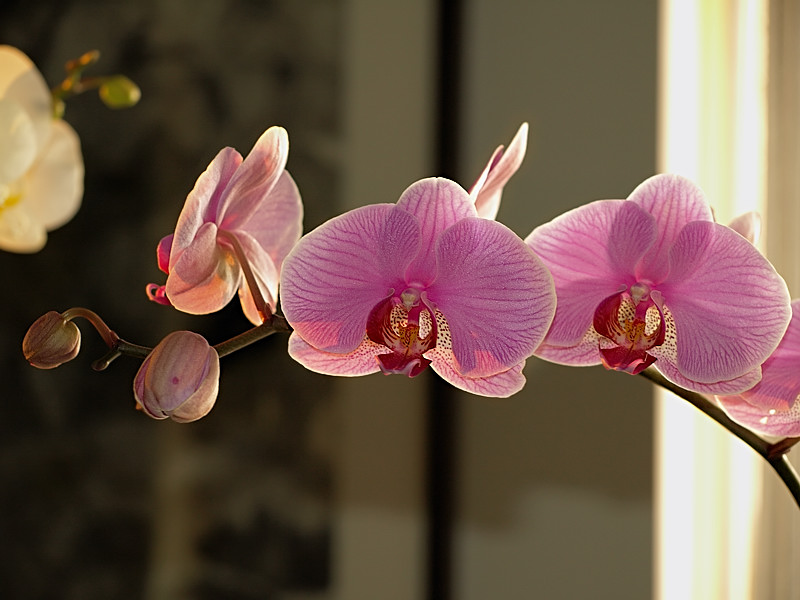In a word, no. You use a spotting scope for bird photography when you are unwilling to spend enough to buy the proper equipment, or when you already own the scope for looking through in the ordinary way and want to "double your return" by pressing it into service in a secondary role as an ersatz long photographic lens.
Digiscoping can be remarkably effective, but it doesn't even come close to the results you get with even relatively modest designed-for-the-purpose photographic gear. This is why I switched - after some years of digiscoping, I wanted better image quality and the ability to take pictures of all birds, not just ones that sit still for long enough to let you digiscope thm. I achieved this with a relatively modest lens in the 100-400. Stepping up to the 500/4 took it to another dimension.
But don't take my word for it, see for yourself at
http://tannin.net.au - look at the 2003, 2005, and early 2005 shots (digiscoped) and compare them with the late 2005/early 2006 ones (mostly the 100-400), then those since (mostly the 500/4). Note also that the later shots are (in general) of much more difficult birds: rarer, shyer, less cooperative.
In any case, although everybody always wants more reach, the really good bird photogs aim to use
shorter lenses. The less air between you and the bird (and the less glass) the better the shot. Naturally, this requires more skill, paitence, and above all fieldcraft - but that's the way you start to gravitate as you gain experience and lift your game.
My scope, by the way, is the best quality spotting scope on the market, a Swarovski. It's for sale.






